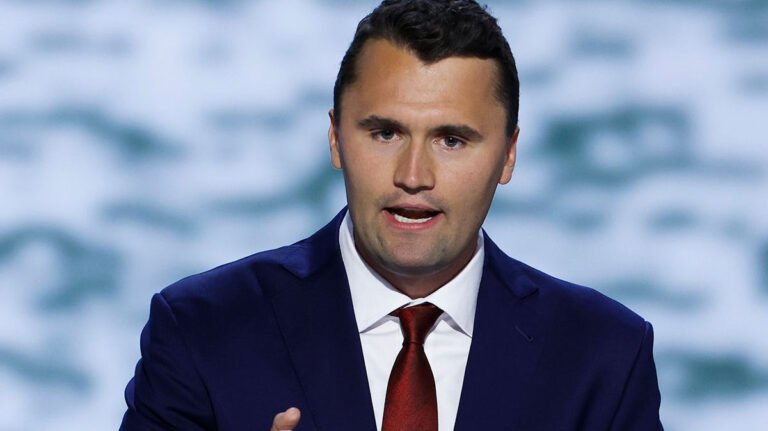Family Benefits Across Europe: Which Countries Lead in Social Security Support? Family benefits play a key role in fighting poverty and promoting social inclusion. They support households and play a crucial part in preventing child poverty.
Across Europe, social security systems and family benefits differ widely. One effective way to compare them is by examining how much each country spends per person.
In 2022, EU countries spent an average of €830 per person on family benefits—up 47% from €566 in 2012.
But how do these benefits compare across Europe? Which countries invest the most in supporting families?

In the EU, spending on family benefits per person in 2022 ranged from €211 in Bulgaria to €3,789 in Luxembourg, according to Eurostat. Including EU candidates and European Free Trade Association (EFTA) countries, Albania provided the lowest amount—just €48—followed closely by Turkey (€57) and Bosnia and Herzegovina (€59).
North-West vs South-East divide in family benefits
Generally, Northern and Western Europe spend the most per person on family benefits, while Southern and Eastern Europe spend the least.
After Luxembourg, Nordic countries dominate the top of the list: Norway (€2,277), Denmark (€1,878), Iceland (€1,874), Sweden (€1,449), and Finland (€1,440).
“Nordic countries and France remain among the highest overall spenders on family benefits, although they rely more on in-kind services such as childcare, which don’t fully reflect in per capita cash benefit figures,” said Dr Anne Daguerre from the University of Brighton in an interview with Euronews Business.

Germany (€1,616), Switzerland (€1,375), Austria (€1,340), and Ireland (€1,026) also spend over €1,000 per person. Belgium (€976) and France (€867) sit above the EU average but fall short of the €1,000 mark.
The Netherlands spends €670 per person—€160 below the EU average. Italy (€524) and Spain (€427), both among the EU’s “Big Four” economies, also spend below average.
EU candidate countries tend to offer the lowest levels of support. Montenegro (€131) and Serbia (€117) follow Albania, Turkey, and Bosnia and Herzegovina at the bottom of the list.
Prof. Grega Strban from the University of Ljubljana cautioned against direct comparisons: “The question is whether all countries classify their benefits in the same way.”
He pointed out that many factors shape how each country designs its benefits. “Some countries focus on supporting parents or guardians, while others prioritize children or students. Some systems are universal; others are targeted. Certain benefits link specifically to disability or broader social assistance,” he explained.
How have family benefits changed over the past 10 years?
Between 2012 and 2022, only two out of 32 countries saw a drop in family benefits per person (in euro terms), while most countries increased spending—though the scale of that increase varied. Across the EU, the average rose from €566 in 2012 to €830 in 2022, a 47% increase or €264 per person.
Norway experienced a 5% decrease (or -€130), and Cyprus saw an 18% drop (or -€62). Exchange rate shifts may partly explain these declines.
Poland recorded the largest percentage increase at 320%, followed by Latvia (245%), Romania (227%), and Lithuania (198%).
Spending more than doubled in Estonia (125%), Serbia (115%), Bulgaria (112%), Iceland (110%), and Croatia (101%).
By contrast, growth remained below 30% in Luxembourg, Austria, Finland, Hungary, France, Sweden, Denmark, and Ireland. Most of these countries already offered high levels of support—Hungary being an exception.
In euro terms, Iceland (€980), Luxembourg (€819), and Germany (€558) posted the largest increases.
Drivers of change in family benefits
“Spending on family benefits per person has increased significantly across the EU since 2012, but the reasons vary from country to country,” said Dr Daguerre.
She highlighted particularly sharp rises in Central and Eastern European (CEE) countries such as Hungary and Poland. “In these cases, the increase stems largely from selective pronatalist policies aimed at boosting birth rates and reinforcing traditional family roles. These cash-heavy strategies reflect a broader shift toward more socially conservative welfare policies.”

She also noted that Italy, under Prime Minister Giorgia Meloni, has followed a similar approach since 2022.
Not all growth stems from the same motivation. “Lithuania, for example, has increased spending by introducing a universal child benefit in 2018. This reform aimed to reduce child poverty and improve access for low-income families who had previously missed out on tax-based benefits,” Daguerre said.
She pointed out that some Southern European countries, including Greece and Cyprus, have seen little change in spending—even though their fertility rates remain low.
What are family benefits?
The European Commission defines family benefits as “all benefits in kind or in cash intended to meet family expenses under the social security legislation of a Member State.”
These benefits include parental and child-raising allowances that help cover the costs of raising a child and compensate for income lost when a parent leaves the workforce. Working parents may also receive childcare allowances.







